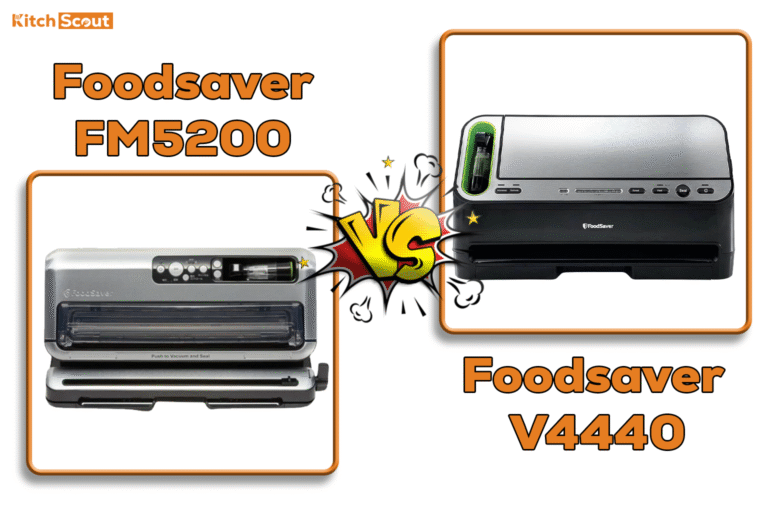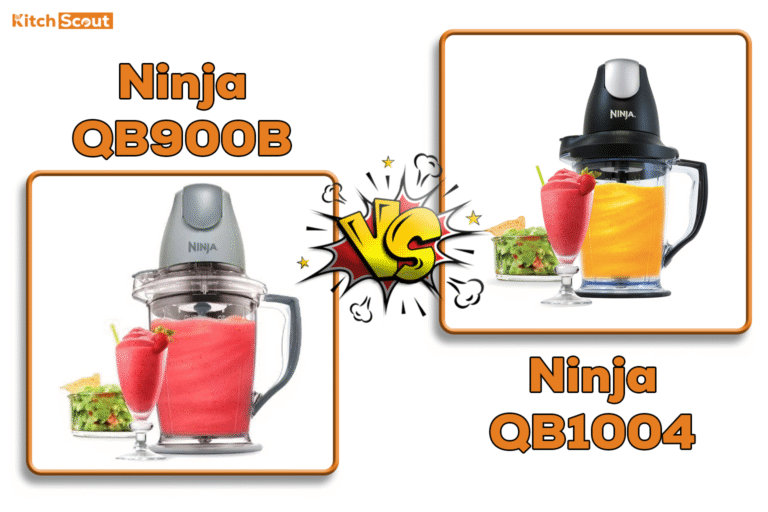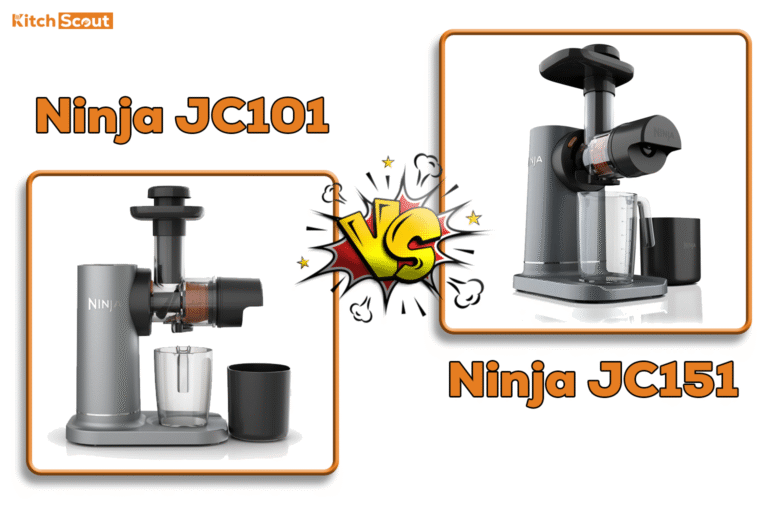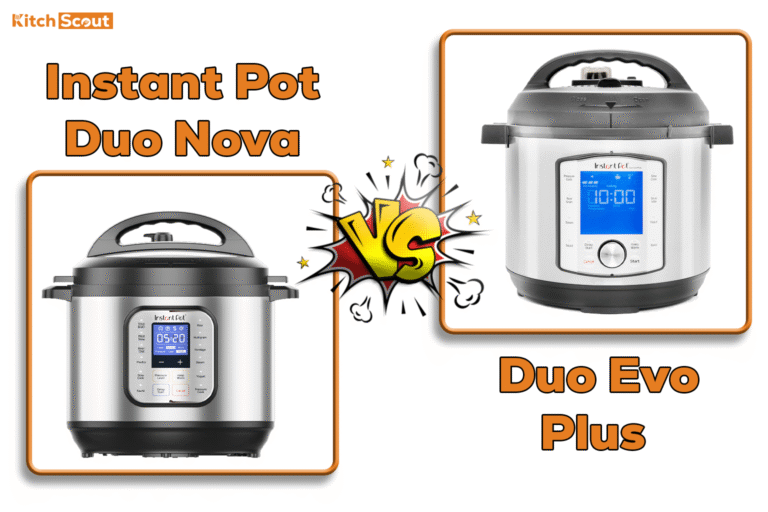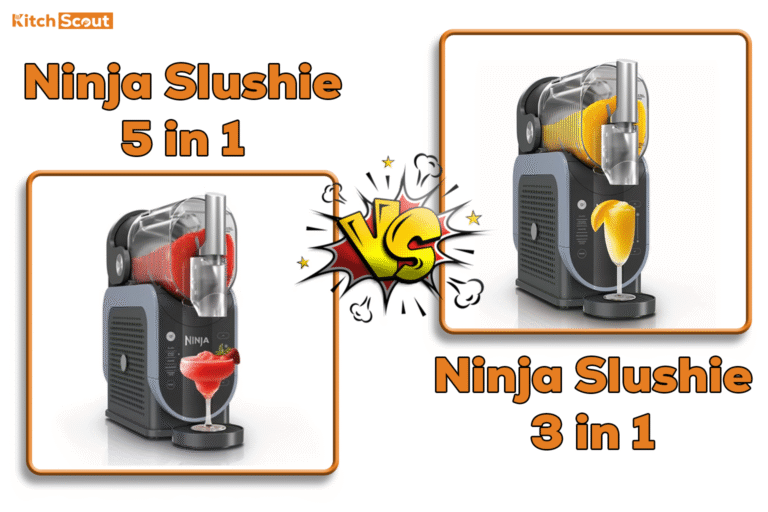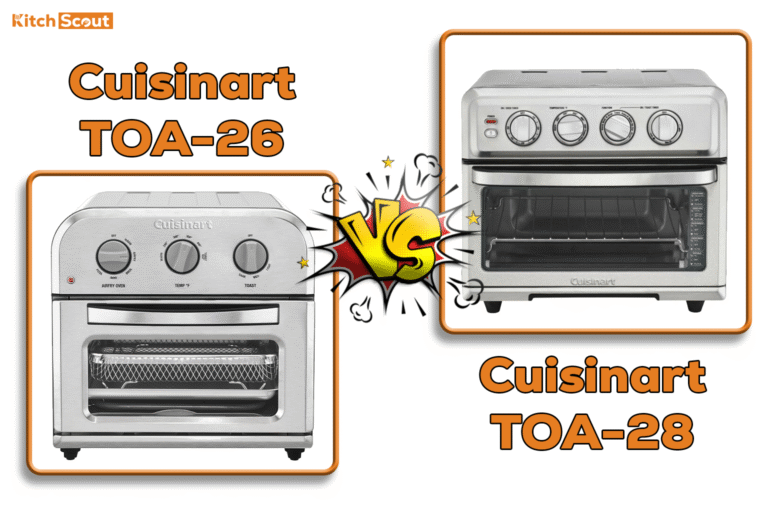Kamado Joe Classic 2 vs 3: My Candid Take
Kamado Joe Classic 2 vs 3: Grilling in Austin, Texas is not for the faint of heart. If you’ve spent any summer here, you know the drill: mornings that start cool and breezy, afternoons that feel like you’ve stepped into a sauna, and sudden thunderstorms that show up just when you’ve got dinner halfway cooked. Add in those winter cold snaps that seem to come out of nowhere, and you start to see why I take my backyard cooking gear very seriously.
For me, grilling isn’t just about cooking food it’s about creating an experience. It’s the smell of oak smoke drifting through the yard, the hiss when a steak hits the grates, the quiet satisfaction of slicing into a brisket that’s been smoking for hours. And when you grill in a place like Austin, you quickly learn that not all grills can handle the challenge.
That’s where the Kamado Joe Classic II and Kamado Joe Classic III come into play.
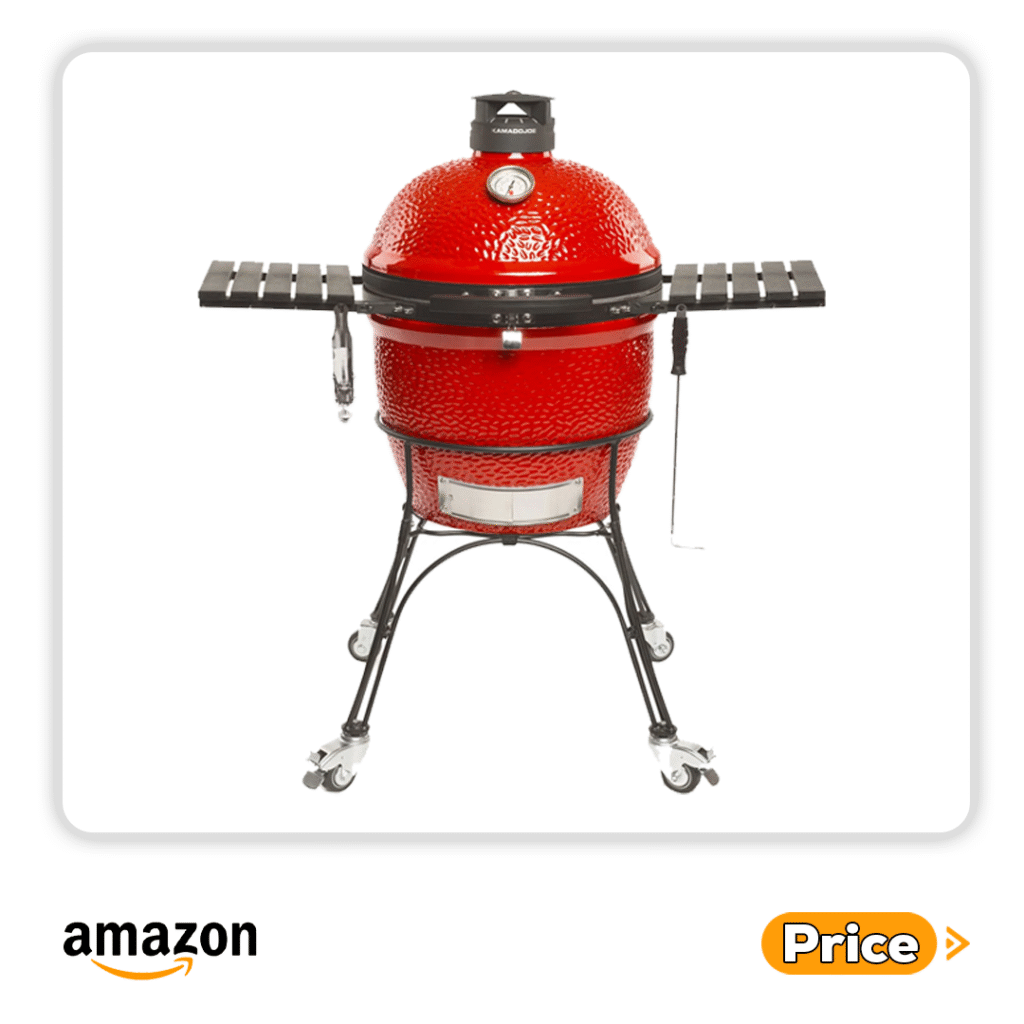
Is the Kamado Joe Classic Series II Good?
When I finally rolled the Kamado Joe Classic II onto my patio in Austin, I was half-excited, half-nervous. This wasn’t some $150 kettle grill from the big-box store this was a serious investment in my backyard cooking game. I’d read glowing reviews, watched all the YouTube videos, and even borrowed my buddy’s Kamado Joe for a weekend before buying. But now, it was mine.
And after months of using it through everything Texas weather could throw at me blazing 100°F days, cold winter nights, random thunderstorms I can tell you: Yes, the Kamado Joe Classic II is absolutely worth it. But let me give you the real story from someone who’s lived with it.
My First Cook: Low and Slow Ribs
I’m a “jump in the deep end” kind of griller, so my first test wasn’t burgers or hot dogs it was baby back ribs. I lit a load of lump charcoal, adjusted the vents to hold at 250°F, and set up the Divide & Conquer system so one side had indirect heat.
Here’s the thing that immediately blew me away: once I got the temp locked in, it didn’t budge. For six hours, I barely touched the vents. In my old steel charcoal grill, I’d be fiddling every 20 minutes, adding fuel, moving coals, adjusting airflow. On the Classic II, the thick ceramic shell just locked in that heat like a vault.
When I pulled the ribs off, they were smoky, tender, and had that perfect pink smoke ring. My wife who usually says “they’re fine” to my barbecue looked up after the first bite and said, “You’re never cooking ribs any other way again.”
High-Heat Test: Steak Night
Two weeks later, it was time to see if the Classic II could handle the other end of the spectrum high heat searing. I loaded up with lump charcoal, opened the bottom vent and Kontrol Tower top vent all the way, and within 15 minutes the thermometer was pushing past 600°F.
When I dropped those ribeyes on the cast iron grate, the sear was immediate loud, sizzling, and smelling like heaven. Two minutes per side, a quick temp check, and they were done: crusty outside, perfectly pink inside.
And here’s what really stood out: even with the lid open for flipping, the grill bounced back to searing temps almost instantly. My gas grill? Not even close.

Build Quality You Can Feel
One thing you notice when you first use the Classic II is the solid, almost overbuilt feel of everything:
- Thick Ceramic Walls – This is the heart of the grill’s performance. It keeps temperatures steady for hours and works in extreme heat or cold.
- Air Lift Hinge – The lid is heavy, but the hinge makes it easy to lift with one hand. I didn’t think this mattered until I tried using a kamado without one trust me, your back will thank you.
- Kontrol Tower Vent – This isn’t just a fancy cap. It’s precision airflow control that stays put when you adjust it, even if you open and close the lid multiple times.
- Divide & Conquer Cooking System – This is a game-changer. Two levels, split grates, and the ability to set up direct and indirect zones at the same time. I’ve cooked chicken on one side and roasted vegetables on the other without them interfering.
Everything feels tight and well-made. The cart is stable, the handles are sturdy, and the finish is thick enough that I’m not worried about rust or fading.
Real-World Weather Performance in Texas
I’ve grilled on the Classic II during scorching August afternoons where the patio felt like a frying pan, and on January nights when the thermometer dipped into the 30s. The performance difference compared to thin steel grills is massive:
- Summer Heat: Even on 100°F days, the Classic II holds low smoking temps without overshooting. The ceramic actually seems to help regulate things.
- Winter Cold: In freezing weather, it still gets up to searing temps in minutes and holds steady for long smokes without burning through extra fuel.
- Rainy Days: The vent design keeps rain out, and the ceramic body is immune to rust. I keep a cover on it when it’s not in use, but I’ve cooked through light showers without a problem.
What I Love About the Classic II
- Unmatched Heat Retention – Whether smoking for 8 hours or searing in 10 minutes, it’s rock steady.
- Flavor – Lump charcoal + ceramic heat = deep, wood-fired flavor that’s hard to beat.
- Versatility – It’s not just a grill. It’s a smoker, pizza oven, roaster, and bread baker all in one.
- Ease of Use – I thought kamado cooking would be complicated, but the vent system and heat retention make it almost effortless after a couple of cooks.
- Build Quality – Feels like something you’ll pass down, not replace in 3 years.
What Could Be Better
- The Price – At full retail, it’s not cheap. But if you grill or smoke regularly, it’s worth every penny.
- The Weight – Over 200 pounds means you’re not moving it often. Pick a spot you love before you set it up.
- Learning Curve – It took me a few cooks to nail the vent settings. My first brisket was overcooked because I underestimated how well it holds heat.
Cleaning & Maintenance
The slide-out ash drawer is one of those features you don’t realize you need until you have it. Cleanup after each cook takes about 2 minutes. Once or twice a year, I give it a deep clean scraping the inside, brushing the grates, and checking the gasket. That’s it.
Who It’s For
The Kamado Joe Classic II is for:
- Year-round grillers who cook in all kinds of weather
- People who want one cooker that can grill, smoke, and bake
- Backyard cooks who value flavor and consistency over speed
- Folks who are willing to spend more upfront for a grill that will last a decade or more
My Bottom Line
The Kamado Joe Classic II is more than a grill it’s a backyard cooking experience that makes you want to try new things. From briskets to pizza to artisan bread, it handles it all without fuss.
If you grill once a month, this might be more than you need. But if you’re serious about cooking outdoors and want a tool that’s as reliable as it is versatile, the Classic II is a smart buy.
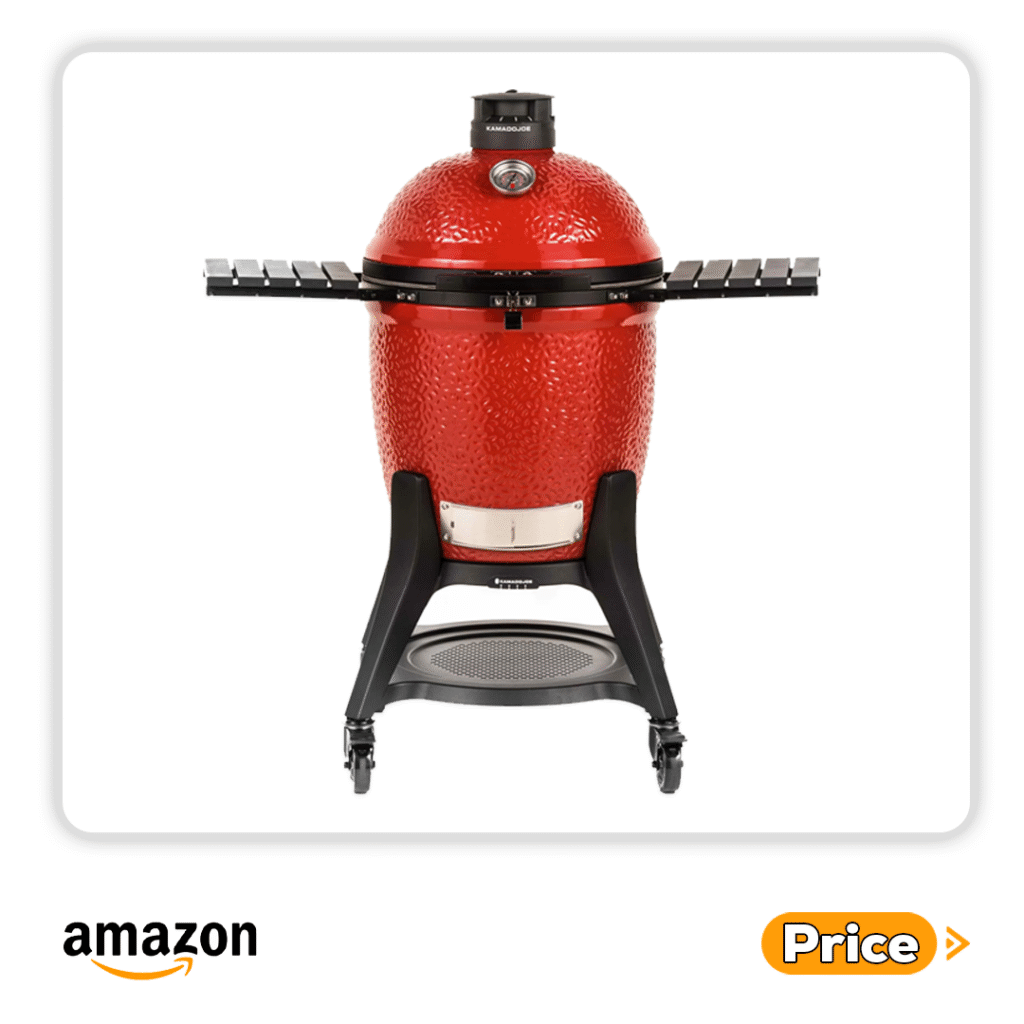
Is the Kamado Joe Classic Series III Good?
By the time I got my hands on the Kamado Joe Classic III, I was already in love with the Classic II. So I’ll be honest I didn’t expect to be blown away. I figured the Classic III would just be a slightly upgraded version with a few nice-to-have features.
But after cooking on it for months here in Austin through blazing heat, chilly winter evenings, and more than one “surprise” thunderstorm I can say this: the Classic III isn’t just good, it’s a step forward in both performance and cooking flexibility.
If the Classic II is a reliable workhorse, the Classic III is that same workhorse fitted with racing tires, better suspension, and a more comfortable seat. You can do everything on the Classic II that you can on the III but the III makes some of it easier, and some of it better.

The First Big Difference You Notice: Height & Cooking Space
When you set the Classic II and Classic III side by side, the first thing that jumps out is the taller body of the Classic III. That extra vertical space isn’t just for looks it changes what you can cook.
In the Classic III, I can stack more racks of ribs, smoke bigger cuts like a whole turkey without worrying about clearance, and run a true three-tier cooking system. That means I can have:
- Direct heat on the bottom for searing
- Indirect heat in the middle for roasting
- Low, gentle heat up top for keeping sides warm or slow-smoking fish
It’s like having three grills in one.
The SlōRoller: Science Meets Barbecue
The SlōRoller hyperbolic smoke chamber is the Classic III’s signature feature, and I’ll admit I thought it was marketing fluff at first. The idea is that the insert changes how heat and smoke circulate, making them move in a rolling pattern that covers the food more evenly.
So I tested it. I smoked two pork butts one in the Classic III with the SlōRoller, one in the Classic II without it both using the same charcoal, same wood, same rub.
The difference? Subtle, but noticeable:
- The Classic III’s pork butt had slightly more even bark formation.
- The smoke flavor was more balanced, without the occasional bitter spots I sometimes get when smoke pools in one area.
- The meat cooked a bit more evenly top-to-bottom.
Does that mean the SlōRoller makes the Classic II obsolete? No. You can make incredible barbecue on the Classic II. But the Classic III takes some of the guesswork out of heat and smoke management especially on long cooks.
Cart & Build Upgrades
The Classic III also ships with a heavy-duty aluminum cart instead of the steel cart on the Classic II.
Here’s why I care:
- Aluminum won’t rust, which is huge in a humid Texas summer or if you store your grill uncovered.
- The design is more open, giving you a handy lower shelf for storage.
- The locking wheels are beefier and roll more smoothly across my uneven flagstone patio.
The rest of the build quality is pure Kamado Joe thick ceramic shell, sturdy lid hinge, precise vent system but these cart upgrades make it feel even more premium.
Real-World Performance Tests
Over several months, I cooked everything from steaks to bread on the Classic III. Here’s how it handled in key scenarios:
Low-and-Slow Smoking
Brisket on a cool, 45°F morning held at 250°F for 12 hours straight with almost no vent adjustments. The SlōRoller helped keep the smoke flavor consistent.
High-Heat Searing
Took about 15 minutes to hit 650°F. Steaks came off with that perfect seared crust, just like the Classic II, but the extra cooking levels made it easier to rest meat up high while finishing veggies down low.
Multi-Zone Cooking
This is where the Classic III shines. I ran salmon on the top tier at 275°F while searing asparagus directly over the coals. Both finished perfectly at the same time no shuffling pans around.
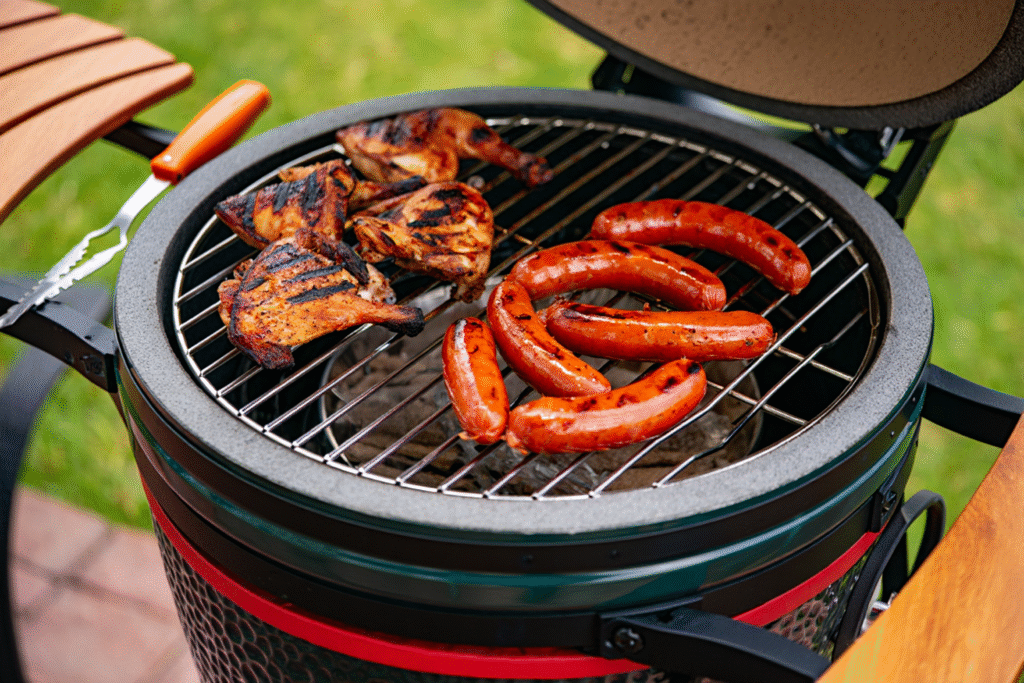
What I Love About the Classic III
- More Cooking Space – The taller dome and extra rack level open up new possibilities.
- SlōRoller – Not essential, but definitely improves consistency for smoking.
- Better Cart – More durable, more storage, smoother rolling.
- Versatility – From pizza night to Thanksgiving turkey, it handles it all.
- Same Legendary Heat Retention – It’s still a Kamado Joe at heart.
What Could Be Better
- The Price Jump – The Classic III costs more than the Classic II, and not everyone will need the upgrades.
- Extra Height for Some Cooks – If you do mostly high-heat searing, the extra space above the coals doesn’t add much benefit.
- SlōRoller Storage – When you’re not using it, you’ll need a place to keep it it’s not small.
Who It’s For
The Classic III is perfect if you:
- Cook for large groups or regularly tackle big cuts of meat
- Love smoking and want more even results with less babysitting
- Value long-term durability (that aluminum cart is basically indestructible)
- Want maximum flexibility in your outdoor cooking setup
If you’re more of a weekend burger griller, the Classic II will do the job just fine. But if you’re the type who plans your week around a Saturday brisket or wants a grill that can adapt to any recipe you throw at it, the Classic III is worth the extra investment.
My Bottom Line
The Kamado Joe Classic III is like the Classic II with the volume turned up more space, more even heat, better cart, and a splash of science with the SlōRoller. It’s not a mandatory upgrade for everyone, but for serious backyard cooks, it’s a joy to use.
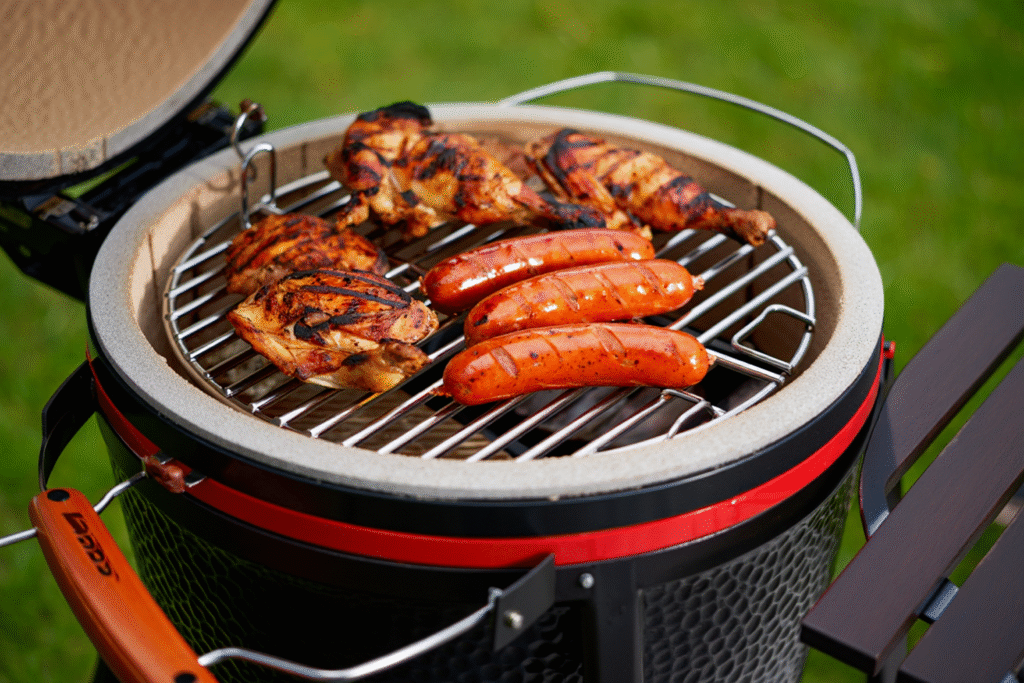
Kamado Joe Classic II vs Classic III: Easy Comparison
After spending serious time cooking on both the Classic II and Classic III here in Austin, I can tell you they’re both fantastic grills but they shine in slightly different ways. If you’re torn between the two, let’s break it down side by side so you can make a quick, confident choice.
📊 Quick Comparison Table
| Feature | Classic II | Classic III |
| Cooking Area | 18″ diameter (406 sq in) | 18″ diameter (up to 510 sq in with 3 tiers) |
| Cooking Levels | 2-tier Divide & Conquer system | 3-tier Divide & Conquer system |
| Height | Standard dome | Taller dome for extra clearance |
| Heat Retention | Excellent | Excellent |
| Temperature Range | 225°F to 750°F+ | 225°F to 750°F+ |
| Smoking Technology | Standard indirect setup | SlōRoller hyperbolic smoke chamber for even heat & smoke distribution |
| Cart Material | Powder-coated steel | Heavy-duty aluminum (rust-proof) |
| Storage | Side shelves only | Side shelves + lower storage shelf |
| Weight | ~231 lbs | ~282 lbs |
| Price Range | Lower | Higher |
| Best For | All-around grilling & smoking | Larger cooks, serious smoking, more versatility |
✅ Why Choose the Classic II
- You want top-tier Kamado Joe performance at a lower price
- You mostly cook for small to medium groups
- You don’t need the SlōRoller or 3-tier cooking system
- You want a slightly lighter grill that’s easier to move (relatively speaking it’s still heavy!)
Bottom line: The Classic II gives you 90% of what makes a Kamado Joe amazing for less money.
✅ Why Choose the Classic III
- You often cook for larger groups or make big cuts of meat like briskets, turkeys, or multiple racks of ribs
- You love low-and-slow smoking and want the SlōRoller for more even heat and smoke
- You want maximum cooking flexibility with the 3-tier setup
- You appreciate the rust-proof aluminum cart and extra storage space
Bottom line: The Classic III is the “do everything” version, designed for serious outdoor cooks who want every upgrade.
FAQs: Kamado Joe Classic II vs Classic III
After grilling, smoking, and experimenting on both of these kamado powerhouses for months, I’ve been hit with the same questions over and over by neighbors peeking over the fence, friends at backyard cookouts, and even strangers who spotted my setup at the hardware store parking lot. So here’s my no-nonsense, first-hand FAQ guide for anyone deciding between the Kamado Joe Classic II and the Classic III.
The Classic III comes with:
- A SlōRoller hyperbolic insert that circulates heat and smoke more evenly for low-and-slow cooks.
- A taller dome so you can fit bigger cuts of meat or use more cooking tiers.
- A 3-tier Divide & Conquer system (vs the Classic II’s 2-tier system).
- A heavy-duty aluminum cart that’s rust-proof and has a bottom storage shelf.
The Classic II still has the same thick ceramic shell, precise vent control, and amazing versatility it just skips those extra upgrades.
2. Is the Kamado Joe Classic III worth the extra money?
If you:
- Cook large amounts often
- Love smoking brisket, pork shoulder, or ribs for hours
- Want the best airflow and temperature consistency
- Appreciate long-term rust-proof hardware
…then yes, the Classic III is worth every penny.
But if you:
- Cook mostly for 2–4 people
- Use your grill casually
- Are watching your budget
…the Classic II gives you incredible performance for less.
3. Can both the Classic II and III handle smoking and searing?
Absolutely. Both can:
- Hold a steady 225°F for hours for slow smoking.
- Crank past 700°F for steakhouse-level searing.
The Classic III’s SlōRoller just gives a little more smoke circulation for long cooks, but the Classic II can still turn out competition-quality barbecue without it.
4. Does the SlōRoller really make a difference?
Short answer: Yes, especially for long smokes.
When I smoked ribs for 6 hours in my Classic II, I had to rotate them once to make sure they cooked evenly. With the Classic III and SlōRoller, I didn’t touch them at all they cooked perfectly edge to edge.
It’s not magic, but it’s smart heat physics at work. If you’re big into smoking, you’ll notice the difference.
5. Which one is better for beginners?
The Classic II is the simpler and slightly more forgiving choice for a first kamado.
- Fewer parts to learn.
- Same ceramic performance.
- Lower price tag in case you’re not sure you’ll fall in love with kamado cooking (you will).
The Classic III isn’t “hard” to use it just has more features to learn, like how the SlōRoller changes heat zones.
6. How heavy are these grills, and can I move them easily?
- Classic II: ~231 lbs
- Classic III: ~282 lbs
Both are heavy. The carts have locking casters, so you can roll them around a flat patio, but you’re not going to casually drag them across a lawn. Moving them up stairs? Call two friends and promise them steaks.
7. Do they need electricity or gas to run?
Nope. These are pure charcoal grills you light lump charcoal and control temperature with vents. No gas line, no outlet, just fire and airflow.
8. How’s the cleaning process?
Both models have:
- A slide-out ash drawer that makes cleanup quick.
- A ceramic interior that doesn’t need constant scrubbing.
You’ll mostly be emptying ash and brushing the grates. The Classic III’s wire mesh gasket also lasts longer than the felt gasket on earlier models, meaning fewer replacements over time.
9. Will they last a long time?
With basic care keeping them covered, cleaning out ash, not slamming the lid either grill should last a decade or more. The ceramic body is rock-solid, and Kamado Joe’s hardware quality is a big step up from many competitors.
10. So… which one should I get?
Pick the Classic II if:
- You’re budget-conscious.
- You cook for smaller groups.
- You want the same core kamado performance without paying for extras.
Pick the Classic III if:
- You cook for crowds or tackle big cuts often.
- You want the SlōRoller for better smoking results.
- You appreciate upgraded materials and long-term durability.
💡 My Real-World Take
If budget isn’t a factor and you cook big or smoke often, go for the Classic III you’ll use those extra features more than you think.
If you’re looking for a better value and still want Kamado Joe’s legendary quality, the Classic II is more than enough grill for most backyard chefs.


